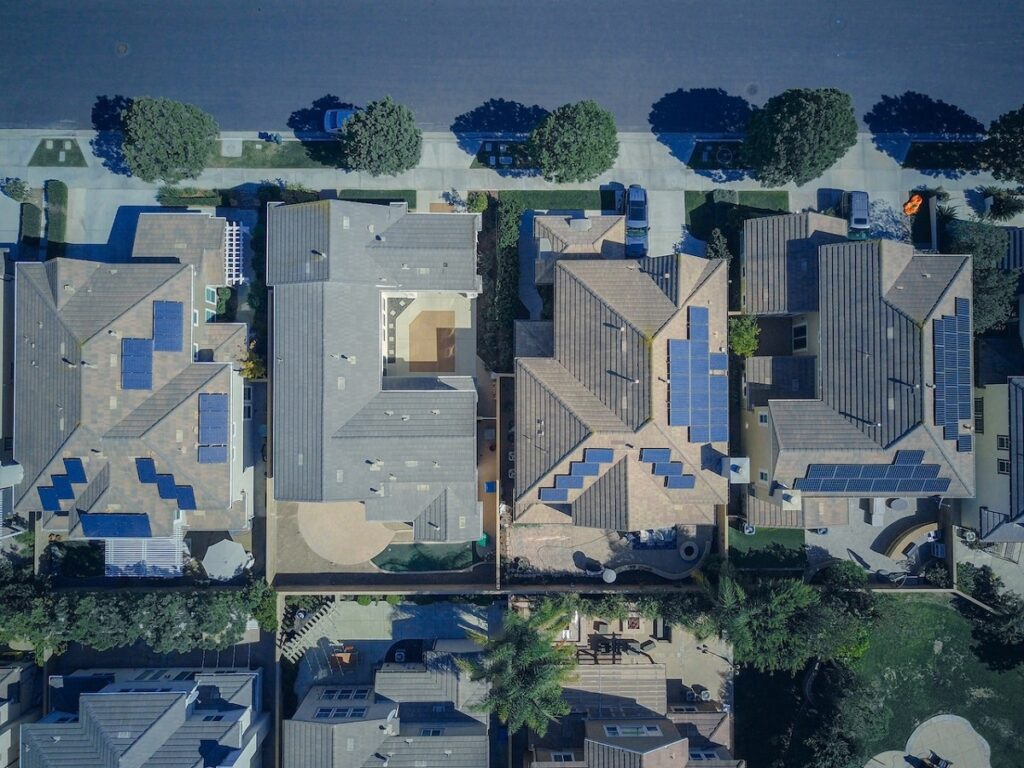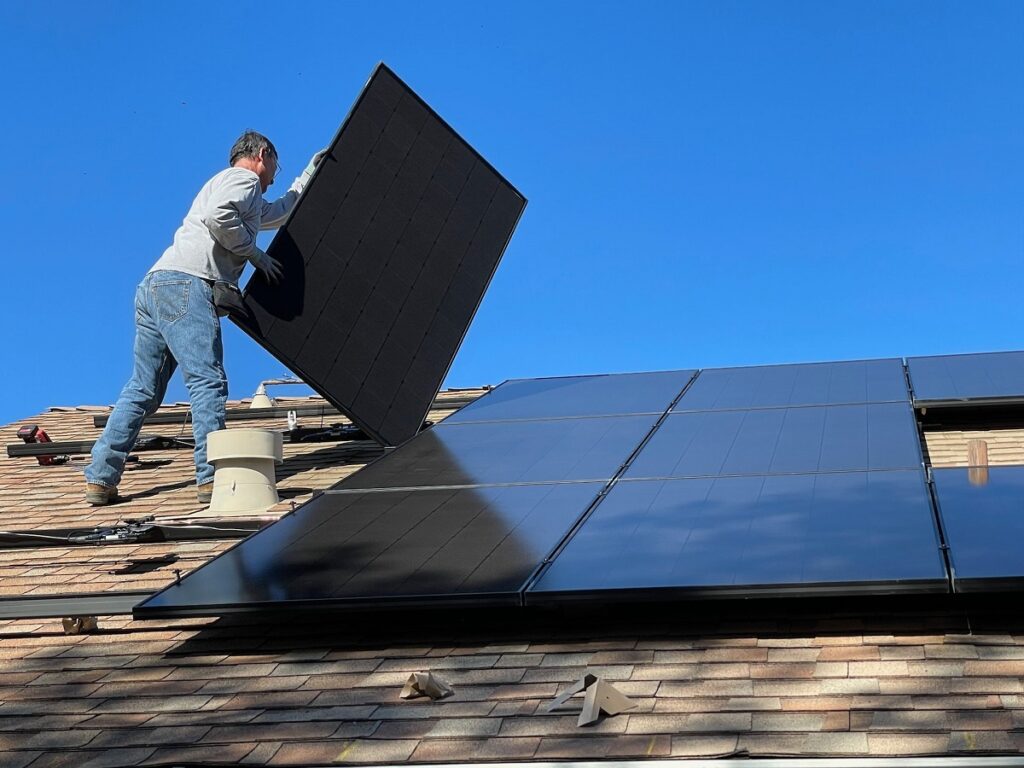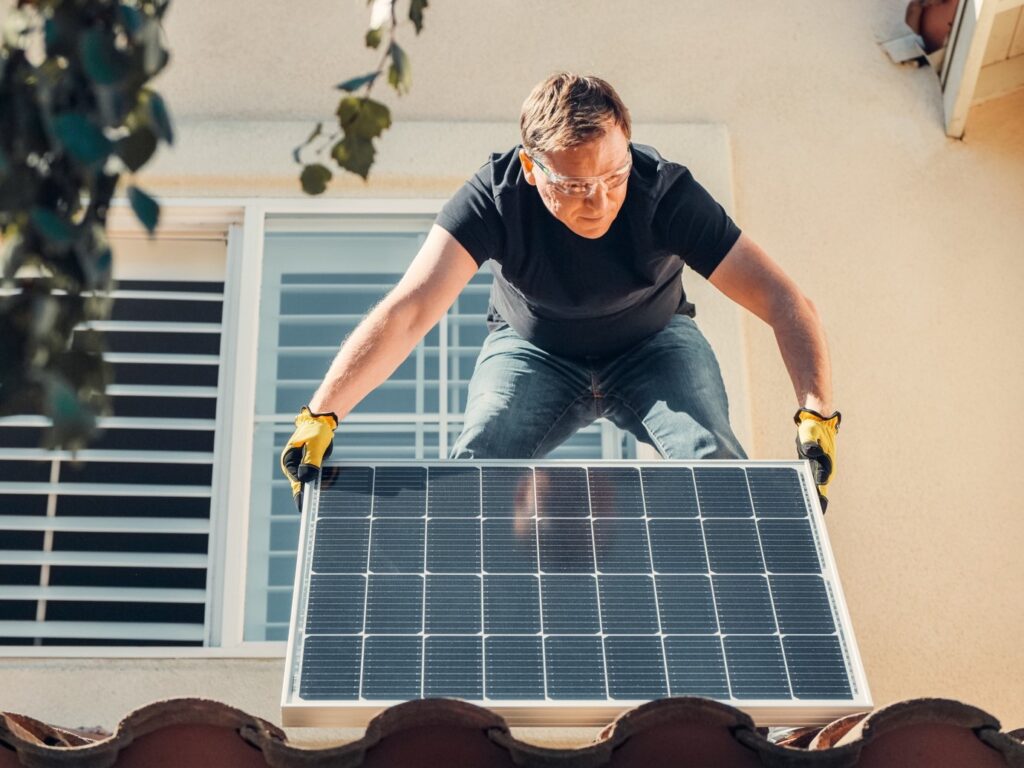We all know the great benefits that solar panel suppliers melbourne can offer. Whether it’s environmentally friendly power or being able to sell additional power back to the grid, there’s something in it that we can all appreciate.
But how do solar panels actually work? When you’re out in the summer heat, it can be easy to understand how powerful the sun is. But how, exactly, does a solar panel convert this heat into electricity?
At Sunstainable, we’re proud to be Australia’s best solar installers. Melbourne, Sydney and Brisbane are just some of the areas we cater to.
The Power of the Sun
As a natural part of the sun’s existence, it is constantly converting hydrogen into helium. This process, known as nuclear fusion, creates a huge amount of energy. It is also responsible for the sun’s extreme levels of heat.
Much of the earth’s natural state is reliant on sun power. Trees and plants photosynthesize sunlight to transform solar energy into chemical energy.
Human beings are reliant on sunlight too. It’s a reliable source of vitamin D, which is necessary for our health. This vitamin allows us to better retain calcium and phosphorus to ensure our bones are kept strong.
With the naturally occurring ways we already use solar power, it is no wonder we have developed technology to convert this power into electricity.
The Science Behind Solar Panels
Upon first glance, solar powers may look somewhat simple. But they are complicated devices, which are the culmination of many years of scientific work.
A solar panel is made up of six main components.
- Solar photovoltaic cells are the most important part of a solar panel. These cells transform sunlight into direct current electricity. There are many different types of photovoltaic cells available.
- An aluminium frame provides a solid mounting structure.
- Tempered glass to protect the sensitive cells.
- Ethylene vinyl acetate film which encapsulates cells, protecting them and holding them in place.
- A polymer rear backsheet provides protection and a barrier against moisture.
- A junction box to connect panels to the power system.
When the sun shines on a solar panel, its photovoltaic cells absorb solar radiation.
Electrons inside the cells are forced to move, creating a flow of energy. This energy is captured through the wiring and sent through to an inverter to be converted into usable electricity.
Electricity can now be used for your home, stored in a solar battery, or sent back to the grid.
Contact Sunstainable Today
At Sunstainable, we’ve been providing solar solutions to Australians for over 20 years. If you have any further questions about solar panels, get in touch with our friendly experts today.


